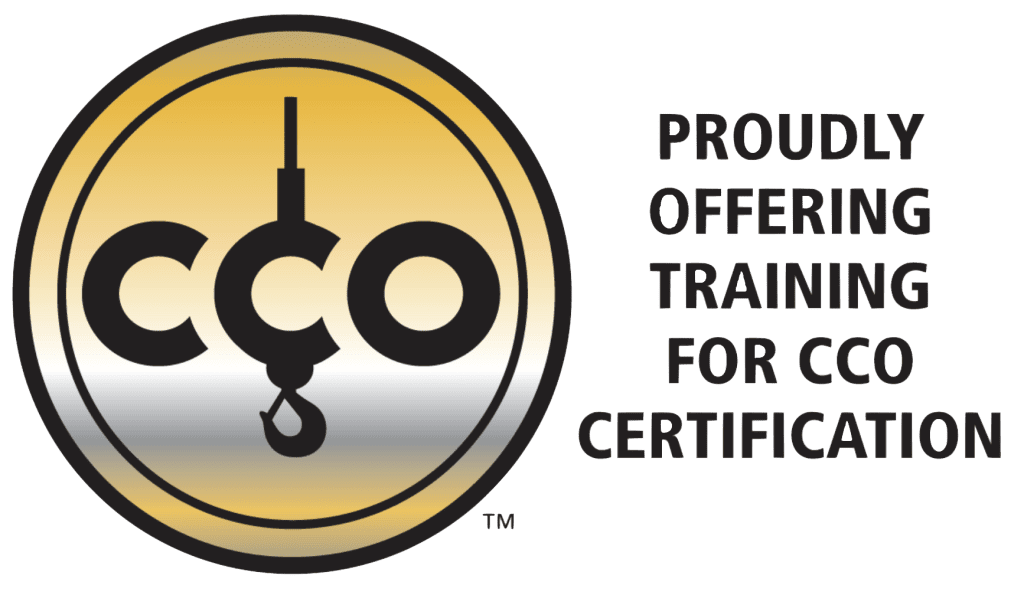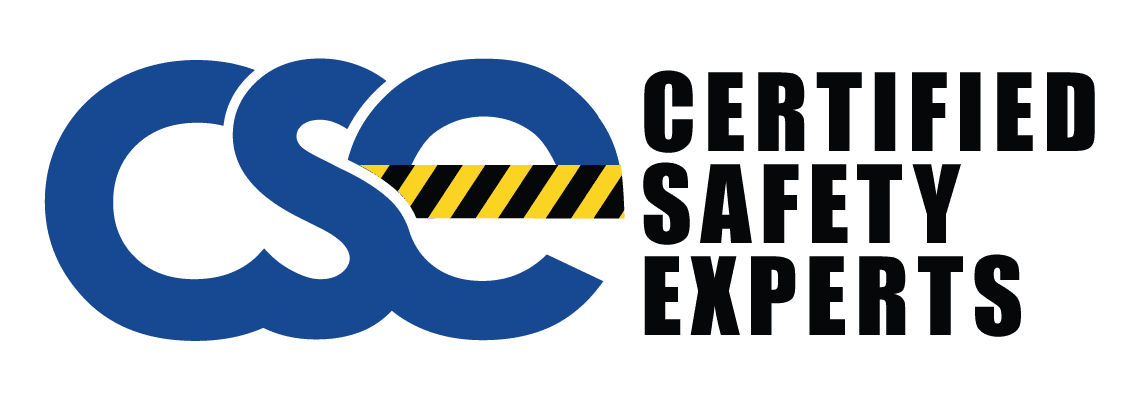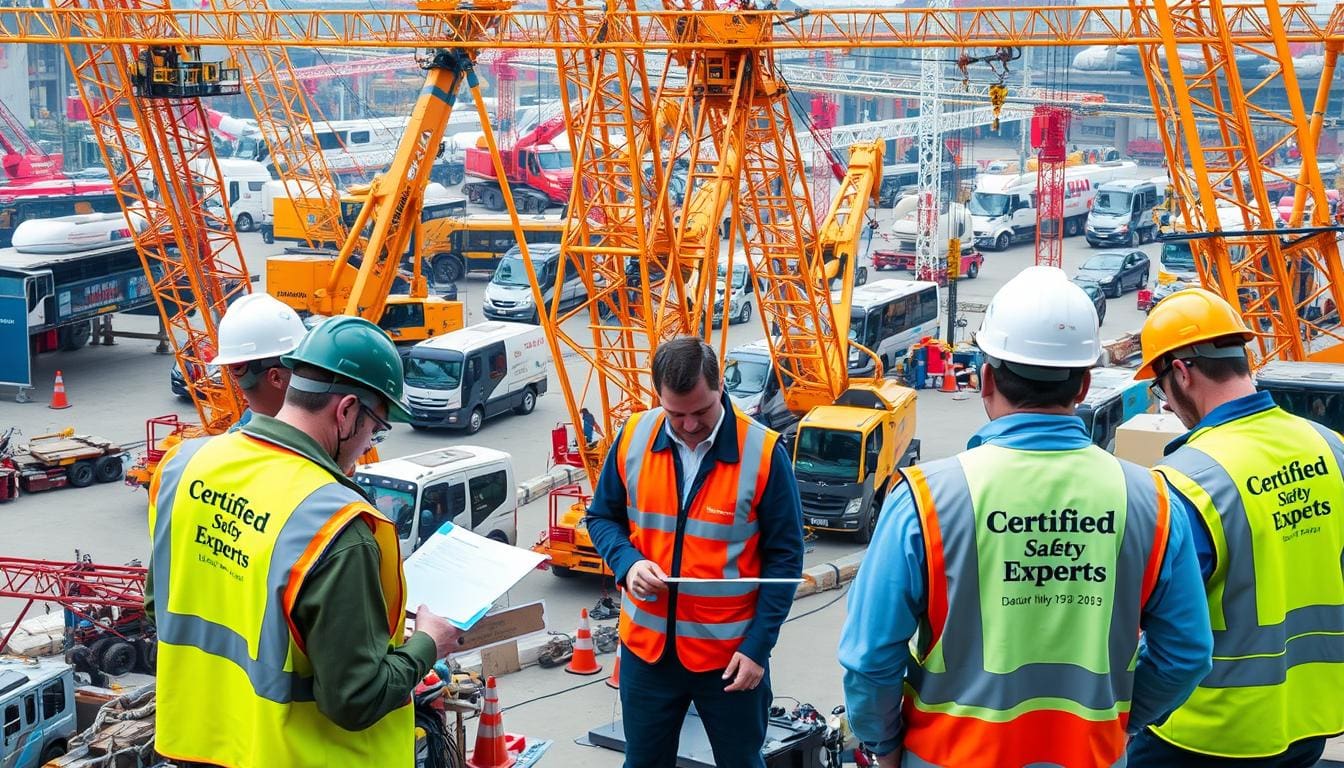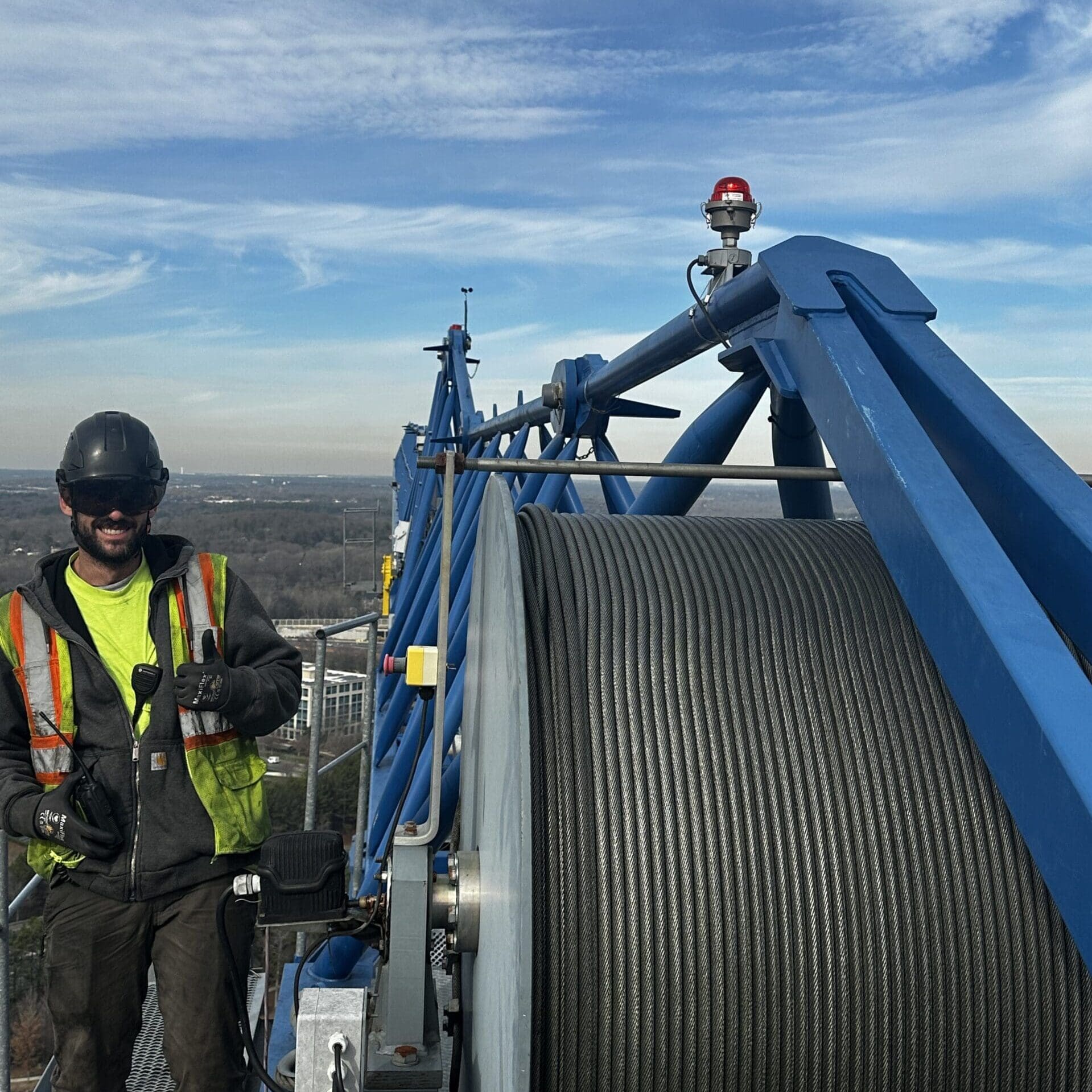Have you ever thought about the cranes standing tall at construction sites? They are key to many building projects. But, are you sure they’re always ready to work? Making sure cranes are safe and efficient is crucial.
Services for inspecting commercial cranes are key to keeping them reliable. They help avoid expensive breakdowns and keep everyone on site safe. By having experts check them often, we can spot problems early. This makes cranes more reliable and lowers the chance of big failures.
Key Takeaways
- Crane inspections are vital for workplace safety and operational efficiency.
- Systematic checks help identify potential hazards and prevent malfunctions.
- Certified professionals should conduct inspections to ensure reliability.
- Regular assessments can detect early signs of wear and tear.
- Commercial crane inspection services help avoid costly repairs and downtime.
The Importance of Crane Inspections
Crane inspections are key to making jobsites safer and reducing risks for workers and people nearby. They help keep these big machines working right.
Enhancing Safety and Minimizing Risks
Regular checks on cranes are vital for spotting safety problems early. This helps companies cut down on risks. Finding mechanical issues early stops accidents before they happen, keeping workers and equipment safe.
Compliance with OSHA Crane Inspection Standards
Following OSHA crane inspection rules is a must for a safe workplace. These rules make sure cranes work well, cutting down on breakdowns. Staying in line with these rules protects workers, avoids legal trouble, and saves money on fines.
Boosting Operational Efficiency
Crane inspections help make operations run smoother. By keeping cranes in top shape, companies avoid sudden breakdowns. This saves time and money, keeping projects on track and boosting productivity.
Crane Inspection Benefits
Regular crane inspections offer many benefits. They make sure operations run smoothly and protect investments. By checking cranes closely, businesses can make their equipment more reliable and efficient. This creates a safer place to work.
Ensuring Crane Reliability
Inspections are key to making cranes reliable. They catch problems early, so they don’t turn into big issues. This helps the crane work better and cuts down on downtime.
By setting up regular checks, companies keep up with industry standards. This is important for good performance.
Reducing Downtime
Less downtime is a big plus of crane inspections. Finding and fixing problems early stops big failures. This saves money and keeps projects on schedule.
With planned inspections, work can keep going smoothly. This saves time and makes the most of resources. It makes the whole operation more efficient.
Extending Equipment Lifespan
Regular inspections also help cranes last longer. With the right maintenance and timely fixes, cranes can go longer without needing to be replaced. This saves money and is better for the environment.
It’s a win for both the wallet and the planet. Regular checks protect investments and support a green way of working.
Key Crane Safety Regulations to Follow
It’s crucial to know and follow key crane safety rules for any construction site. These rules help keep the job site safe and make crane operations efficient and reliable. They cover national standards and local laws.
Here are some key points to remember for crane safety:
- Conducting daily safety checks
- Performing regular maintenance
- Ensuring all crane operators are properly trained and certified
Following safety rules is important, but using the best crane inspection tips also boosts job site safety. Important tips include:
- Checking wire rope integrity
- Ensuring all controls are properly marked
- Reviewing and documenting inspection findings regularly
By using these crane inspection tips, construction managers can meet safety rules better. This makes the work site safer and more efficient.
Effective Crane Maintenance Procedures
Effective crane maintenance procedures are key for crane safety and efficiency. A systematic maintenance approach helps avoid sudden failures, extends equipment life, and highlights the importance of crane inspections.
Routine Inspections
Regular inspections are key to spotting wear or damage early. They include visual checks, tests, and reviews of important parts like cables and safety gear. Following strict crane maintenance procedures helps avoid dangers and keeps the work area safe.
Detailed Record Keeping
Keeping detailed records is crucial for crane upkeep. Recording all inspections, fixes, and changes gives a clear view of the crane’s history. These records are key for solving problems and planning future checks, showing the importance of crane inspections for ongoing safety and efficiency.
Conclusion
Crane inspections are key to keeping construction sites safe and efficient. They make sure workers are safe and help cranes work better. Following OSHA standards is crucial to avoid dangers and keep the workplace safe.
Using the best crane inspection tips can cut down on downtime. Regular checks and keeping detailed records help cranes last longer. This way, you can avoid unexpected problems and keep cranes running well.
For top-notch crane inspection services, call (919) 326-3742 to set up an appointment. Keeping your cranes in top shape means your construction site stays productive and safe. Focusing on crane inspections and upkeep protects workers and keeps your equipment reliable for a long time.




